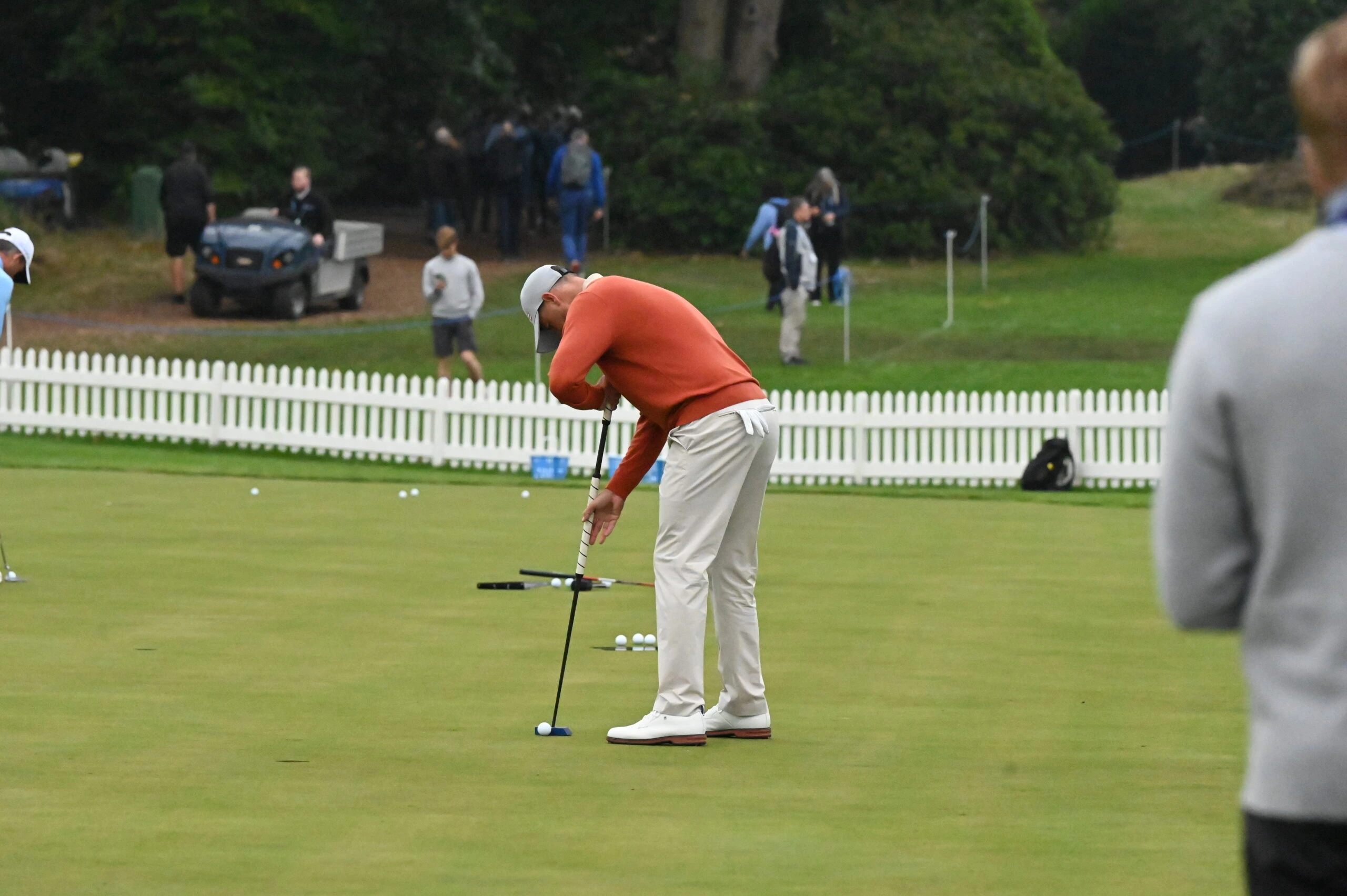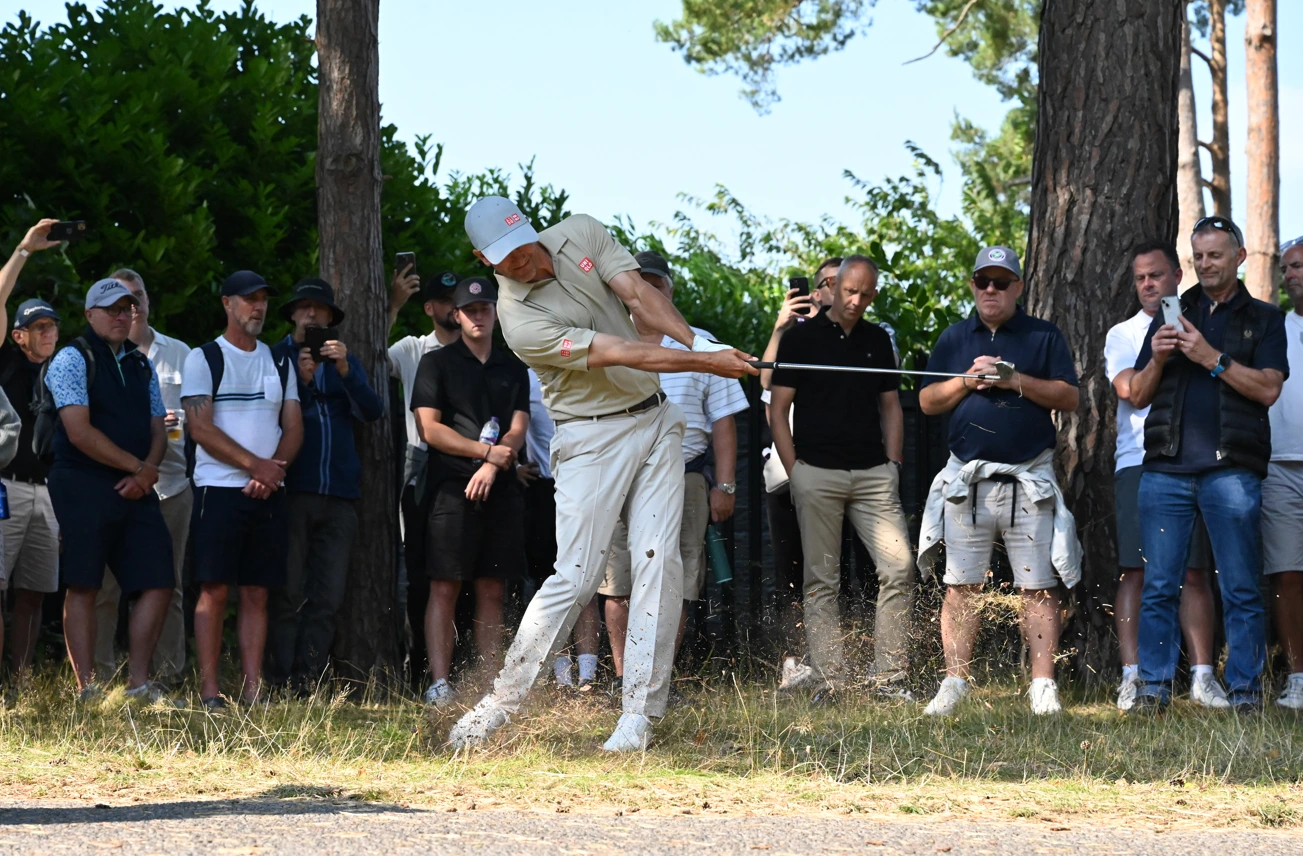In the world of golf, the short game often determines whether you score or struggle. Among the myriad techniques to refine your putting, the three-foot drill stands out as a cornerstone practice. This drill not only sharpens your precision but builds the consistency and confidence necessary to handle pressure putts when it truly counts. Here’s a deep dive into this essential technique.
The Core Philosophy: Mastering the Three-Foot Circle
The three-foot circle concept lies at the heart of this drill. From every distance—whether it’s a 50-yard lag shot or a delicate chip—your ultimate aim is to land the ball within this circle. Why three feet? Because it’s the range where confidence should be unshakable. To achieve this, you must become infallible at converting putts from this distance.
By committing to this drill, you ensure that every shot, from approach to putt, is supported by a reliable foundation. You’ll not only develop accuracy but also ingrain a rhythm that carries you through high-pressure moments on the course.
The 25/75 Technique: A Game-Changing Approach
A critical component of this drill is the 25/75 technique, a concept introduced by Jackie Burt. It focuses on controlling your stroke length for optimal consistency:
- Backstroke (25%): Keep the backswing short—about 25% of the total stroke length. This shorter backstroke minimizes face angle movement, ensuring that the putter face remains square to the target.
- Follow-through (75%): Extend the follow-through to 75% of the stroke. This longer motion ensures you strike the ball aggressively yet maintain control. The ball should “die” into the hole rather than overshoot it.
This balanced stroke prevents common pitfalls, such as decelerating into the ball or overcompensating with handsy movements. By keeping your grip pressure light and maintaining the 25/75 ratio, you achieve a consistent, repeatable stroke.
Building Rhythm and Confidence
One of the unique aspects of this drill is its focus on rhythm. As you practice, count out loud or in your head: “One.” This rhythmic reinforcement ties your physical stroke to a mental cadence, creating muscle memory that carries over to high-pressure situations.
When you face a crucial putt on the course, this ingrained rhythm becomes your anchor. Step to the side, recreate the rhythm in your mind, and approach the ball with the same confidence developed during practice. By aligning your physical and mental processes, you reduce the chance of nerves disrupting your stroke.
Overcoming Common Challenges
While the drill is straightforward, several challenges may arise:
- Handsy Strokes: Short backstrokes can tempt players to overcompensate with their hands, leading to inconsistent contact. Combat this by maintaining light grip pressure and focusing on a smooth, pendulum-like motion.
- Rushing the Rhythm: Under pressure, it’s easy to rush your stroke. Remember to internalize the counting process during practice to maintain a deliberate pace.
- Grip Pressure: Over-gripping can inhibit a smooth stroke. Regularly check your grip pressure during practice to ensure it’s light and relaxed.
Why This Drill Works
The three-foot drill succeeds because it simplifies putting into a repeatable, confidence-building routine. Its principles—precision within a manageable range, consistent stroke mechanics, and rhythm reinforcement—translate seamlessly to actual play.
This drill conditions your mind and body to treat every three-foot putt as routine. When you approach a pressure putt, you’re not thinking about the stakes; you’re executing a familiar motion ingrained through hours of practice.
Incorporating the Drill into Your Practice Routine
To maximize the benefits of this drill:
- Start Small: Practice solely from three feet until you’re converting putts with near-perfect consistency.
- Expand Gradually: Once confident, incorporate lag putts or approach shots aimed at landing within the three-foot circle.
- Simulate Pressure: Create scenarios where a missed putt carries consequences, such as starting the drill over. This replicates on-course tension.
Conclusion
The three-foot putting drill is more than a practice routine; it’s a foundation for confidence, precision, and mental resilience. By mastering the 25/75 technique and integrating rhythm into your game, you’ll transform pressure-filled moments into opportunities for success. With consistent practice, this drill ensures that every putt inside three feet becomes a sure thing—setting you on a path to lower scores and greater consistency.




